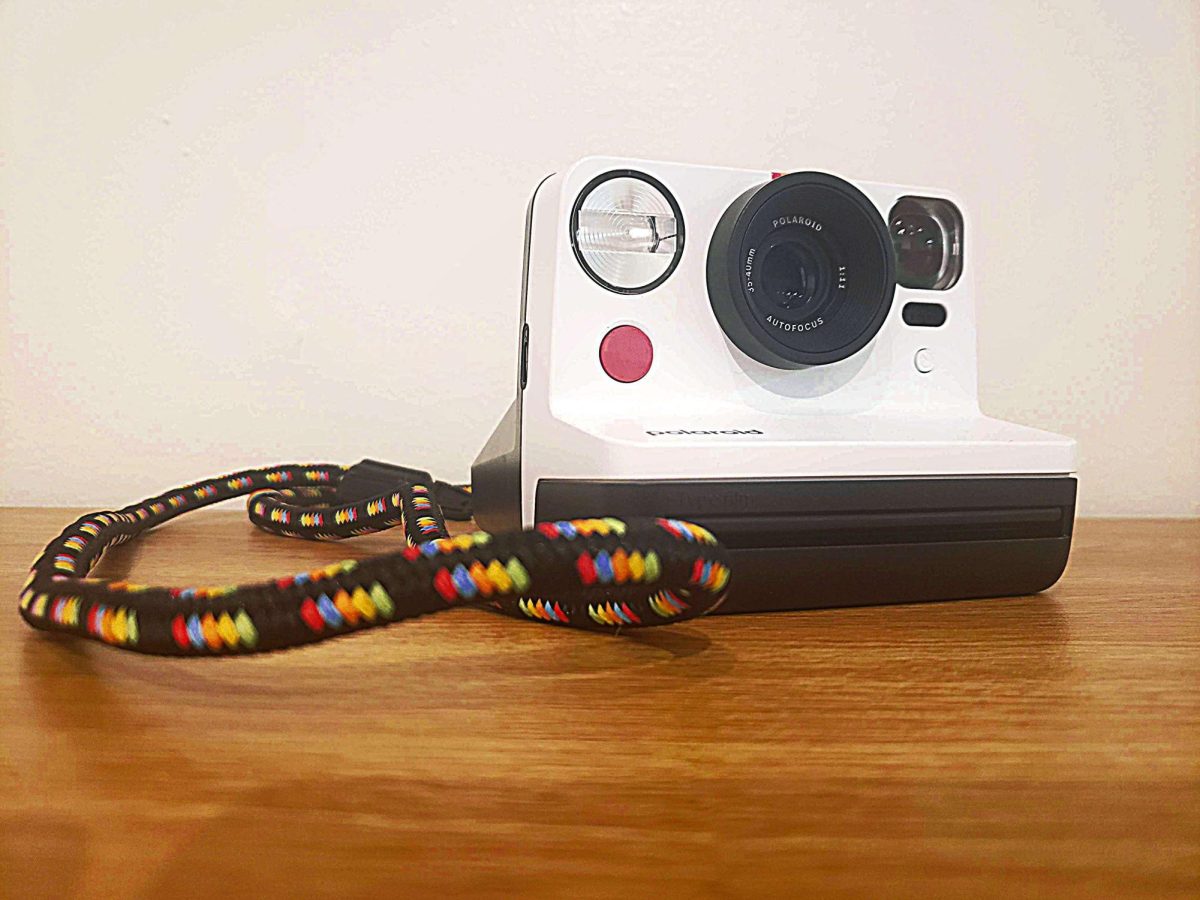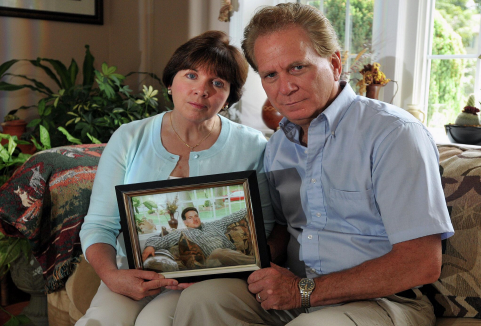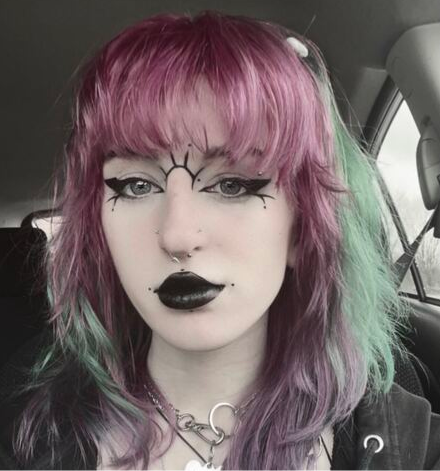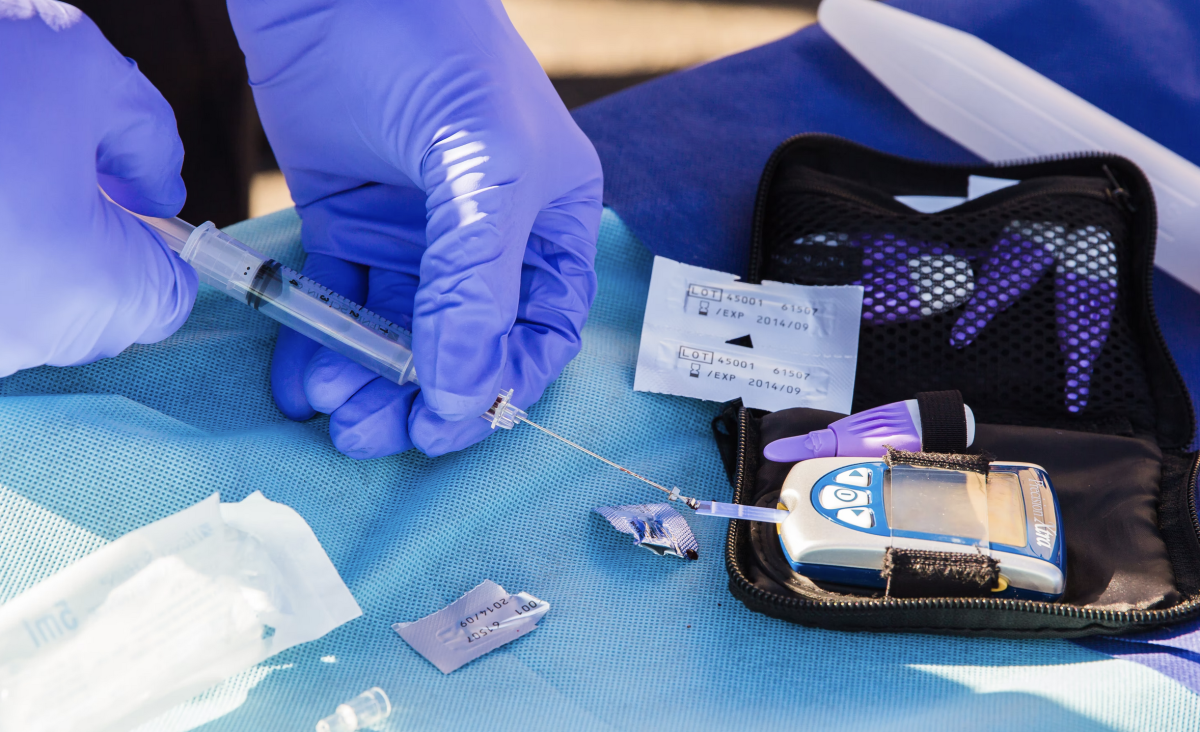At the age of 12, one does not believe that anything can shake them. One thinks themselves untouchable because they’re just at the precipice of becoming a true teenager. Being at the edge of 13 and being so close to entering junior high makes one feel like they’re on top of the world, being able to do what they want, how they want it, and barely having to answer any questions –– unless mom or dad or a guardian has something to say about it.
So at 12, when I thought myself invincible and was told that I was not, I questioned everything I thought I knew.
I’d been living the life of a middle schooler; all of my attention focused on where I’d be sitting for lunch and with whom, or whether or not I wanted Hannah Montana to be with Jake or Jessie. I never thought I would be receiving the news of me having type one diabetes.
When my doctor gave me this news after my mother had me get a plethora of blood tests done because I looked sickly thin and was urinating gallons on end, I wondered what I did wrong. I never ate anything out of turn or too much, I wasn’t even a big fan of sugary foods or drinks, so how in the world could I have ended up with one of the diseases I heard so many negative things about? I was a healthy girl. None of this made sense to me.
I didn’t know what any of what the doctor was saying meant, all I knew was that he was telling my mother and me that I had to be admitted into a hospital for five days so that I could get my blood sugar levels under control. According to him, if I had gone another day without a diagnosis and treatment, I would have not made it.
This was not something someone at the age of 12 would ever want to hear.
And to top it off, this all happened the day before my second semester of the sixth grade, so having to miss a whole week of school was also a dread to me at the time. Who wanted to go back into school having earned the reputations of the Diabetic Girl™️ and the Hospitalized Girl™️ not even a day into the continuation of the academic year?
Certainly not I, but there was nothing I could do about it because come hell or high water, I was getting admitted into the hospital, and there was nothing I could do about it.
The five days spent in the hospital went by like a blur. I learned how to give myself insulin injections and what to do in case of a low blood sugar episode. I do remember, though, that I didn’t have to adjust what and how I ate because I was already eating healthy foods that wouldn’t affect my blood sugar levels; all I needed to do was make sure I ate correct portions and covered myself with the proper amount of insulin. Easy enough.
But then, the night before I was supposed to leave the hospital, the nutritionist I had been working with said something that has stuck with me: “This doesn’t define you. For all anyone knows, you’re in full health. No one can see your diabetes; it’s invisible.”
At first, I didn’t think much of this, and it was partially because I was 12 years old and I thought I knew everything, so what could this woman know? Kids were mean, especially at that age, and they could snuff something like this out in no time. To add to this, I was the only person in my grade with a disease this serious, so I figured that I’d stick out like a sore thumb. But as I grew older and began to recognize that I did not, in fact, know all at 12 years old –– shocker! –– I found validity in what the nutritionist told me about my diabetes, and other illnesses and disabilities as well.
With this, I began to look into whether “invisible illness” or “invisible disability” had been officially coined as a term, and it had been by the Invisible Diabetes Association. According to their website, an invisible illness is a physical, mental, or neurological illness that is not apparent from the outside but can limit or challenge a person’s movements, senses, or activities. Any medical problem that is not outwardly obvious to others, including healthcare professionals, is referred to as an invisible illness. Heart disease, diabetes, dementia, psychiatric illness, autoimmune disorders, and even cancer are among the afflictions classified as invisible illnesses, according to the Association.
In the 1994-1995 Survey of Income and Program Participation (SIPP), it was discovered that 26 million Americans (almost 1 in 10) have a disability, with just 1.8 million using a wheelchair and 5.2 million using a cane, crutches, or walker according to invisibledisabilities.org. In other words, 74% of Americans with severe handicaps do not use assistive technology. As a result, a person’s impairment cannot be established purely by whether or not they use assistive technology.
And from what I could tell, this was true for me, too.
Whenever I tell anyone that I have type one diabetes, they deadpan and ask: “What? No, you don’t. You don’t look diabetic!” And though this is the start of a stereotypical spiel that I will eventually have to stop, I can’t blame them for not noticing because what they know about diabetes is general is that it’s a sugar disease caused by overeating and obesity. But when I was diagnosed, the only characteristic that was glaring about my diabetes was that I had lost more than half of my body weight, and that wasn’t indicative of anything to the naked eye. On top of that, my treatments only involved injections and finger sticks, and now only entail two discreet wearable devices that can monitor my sugar and give me insulin injections on command. So, to anyone who doesn’t know me, I’m fully-abled and not ill.
That would certainly be nice, but it’s not my reality. And that’s a burden that those of us that suffer from invisible illnesses must carry constantly. People can be highly insensitive to the diseases they believe they know about. There are around 80 autoimmune disorders, with many of them being invisible. However, depending on their diagnosis, there are significant cultural and social variances in how people are perceived. Although diabetes, lupus, heart disease, and cancer are all considered invisible illnesses and real illnesses, some people may doubt the restrictions of someone who claims to have one of these ailments because they do not seem tangible.
And when I hear people talking smack about a disease that they don’t know anything about other than the over-exaggerated versions of it they consume via various media, it stings. But people won’t stop this behavior –– or at the very least, minimize it –– unless something is done about it.
Invisible illnesses are still illnesses no matter how one wants to see it.




























